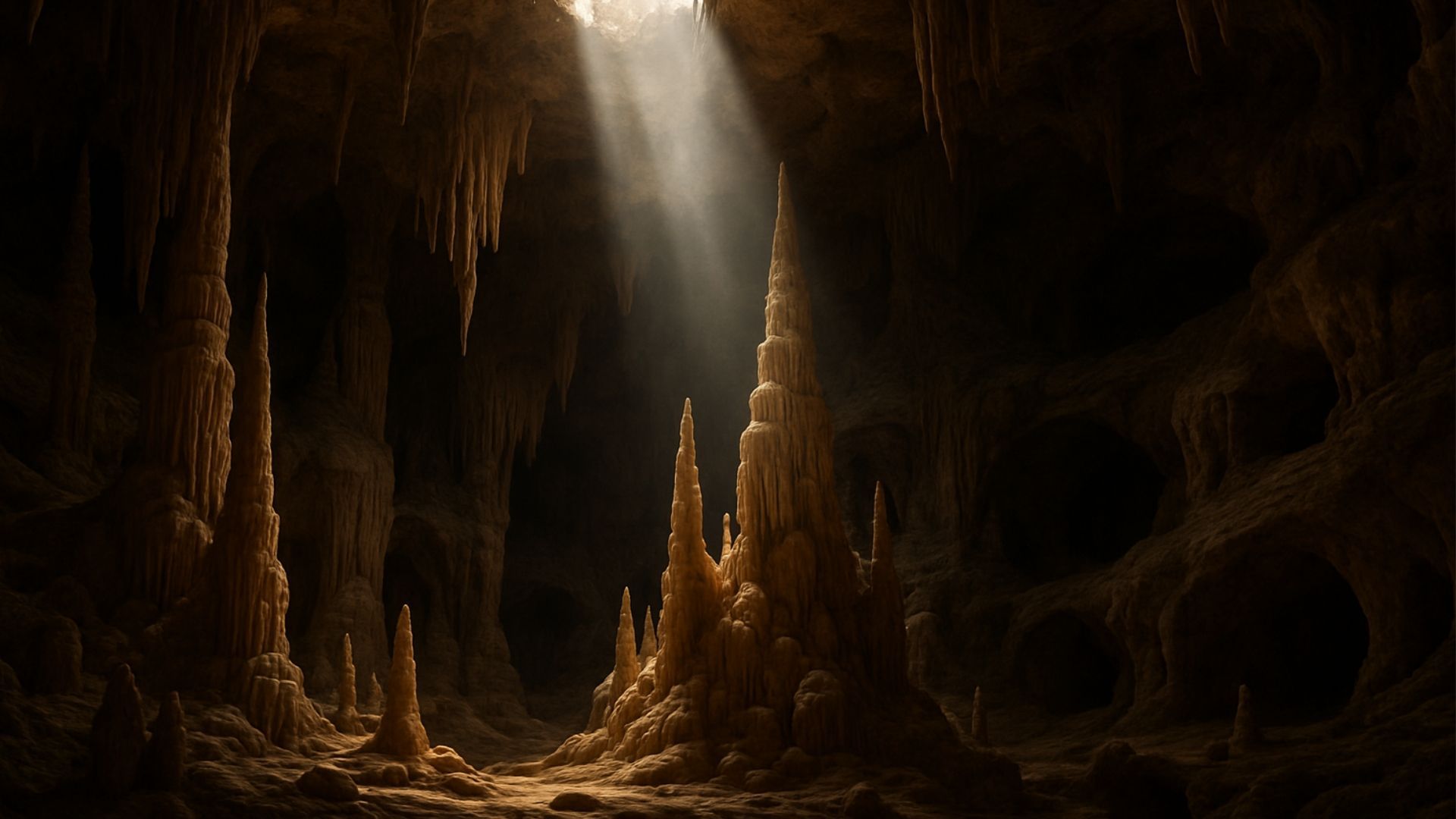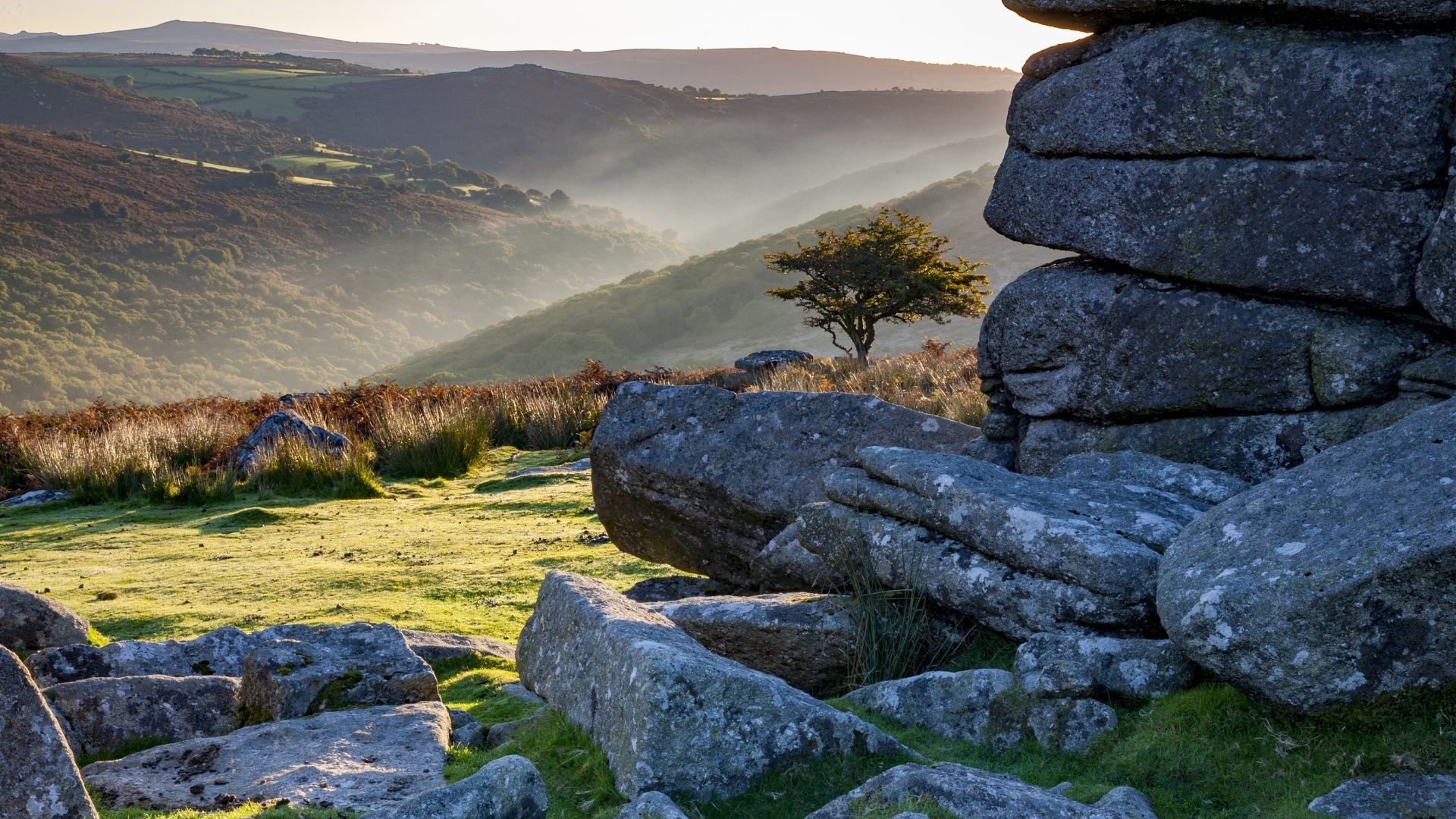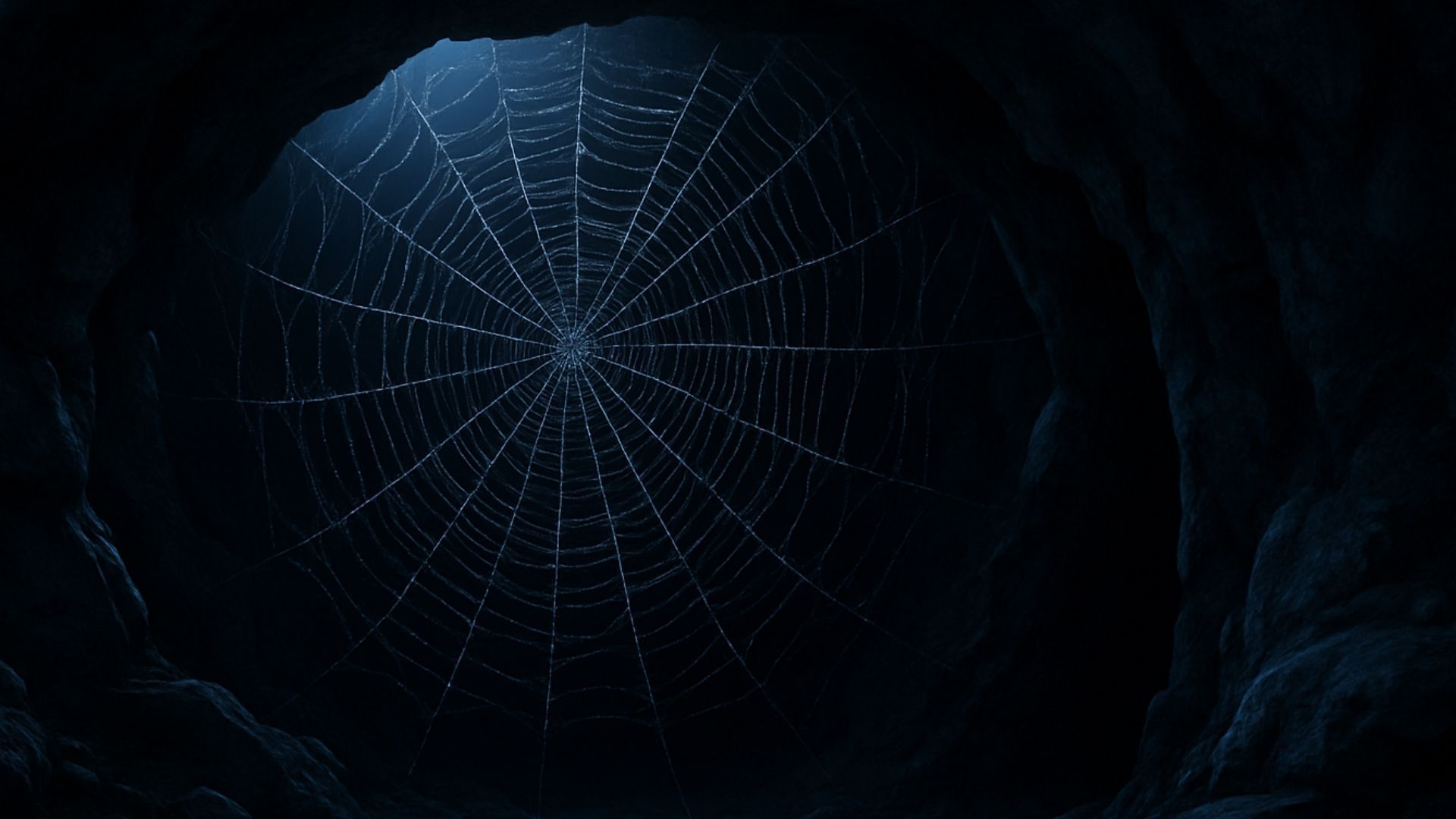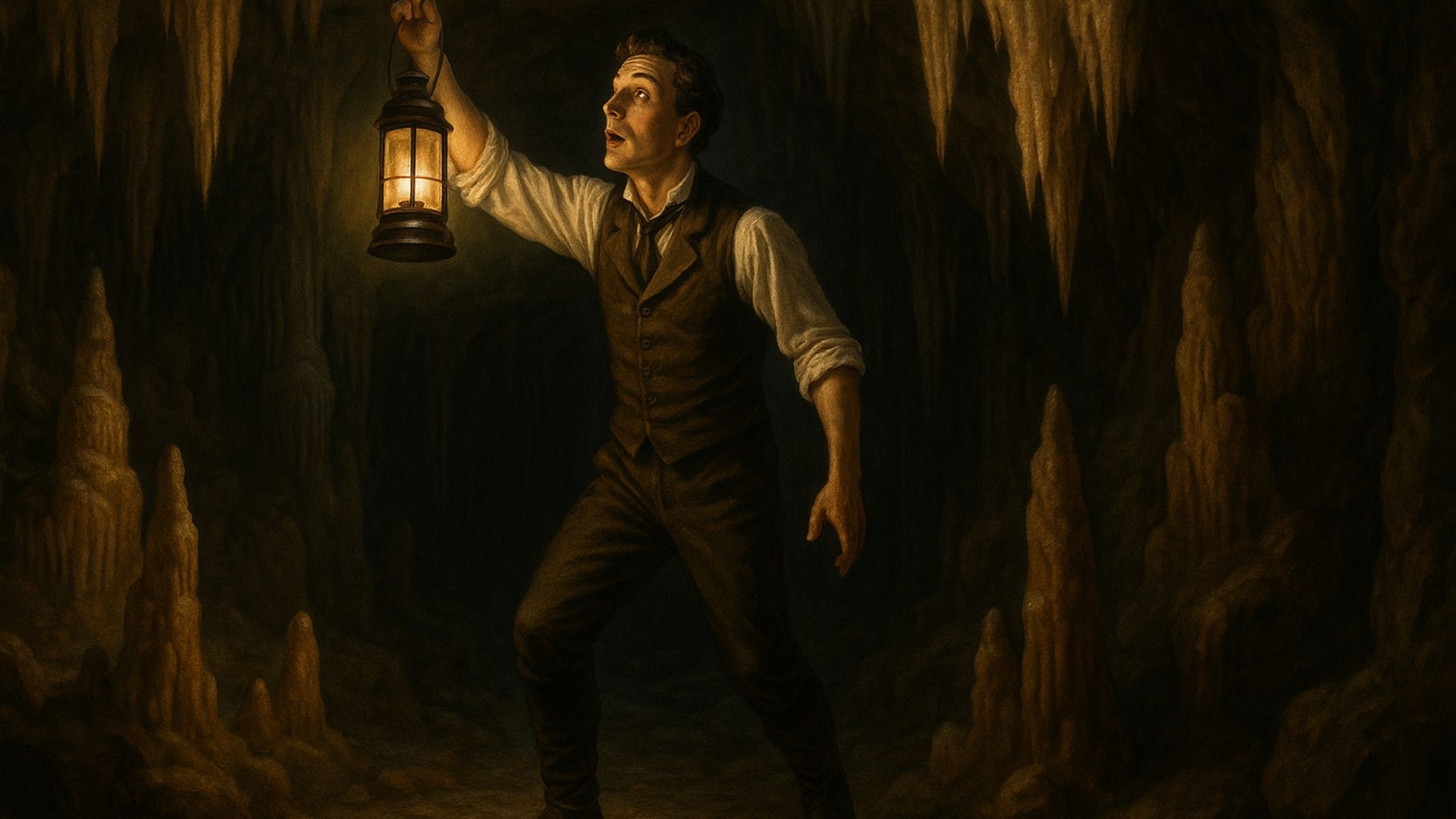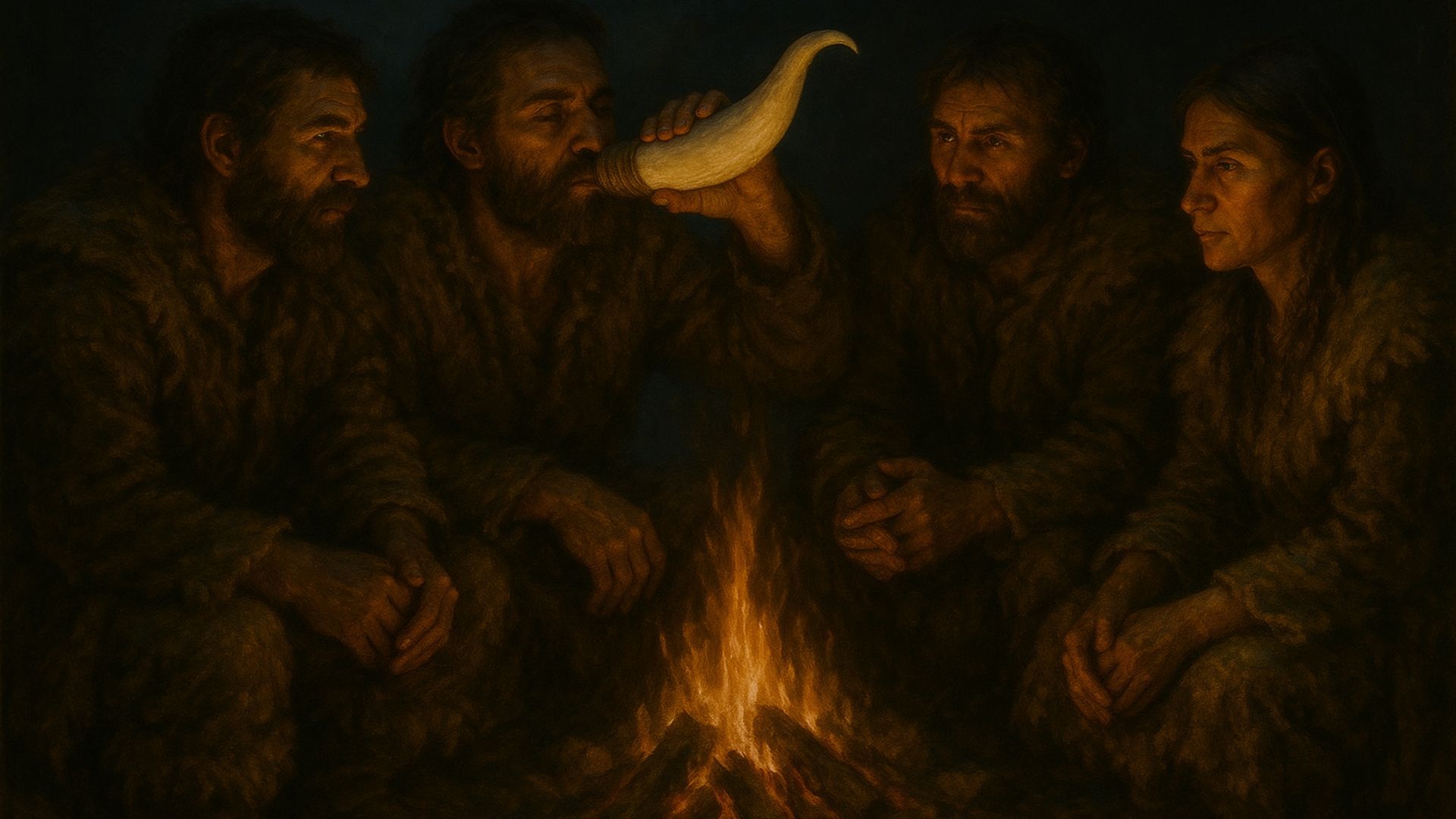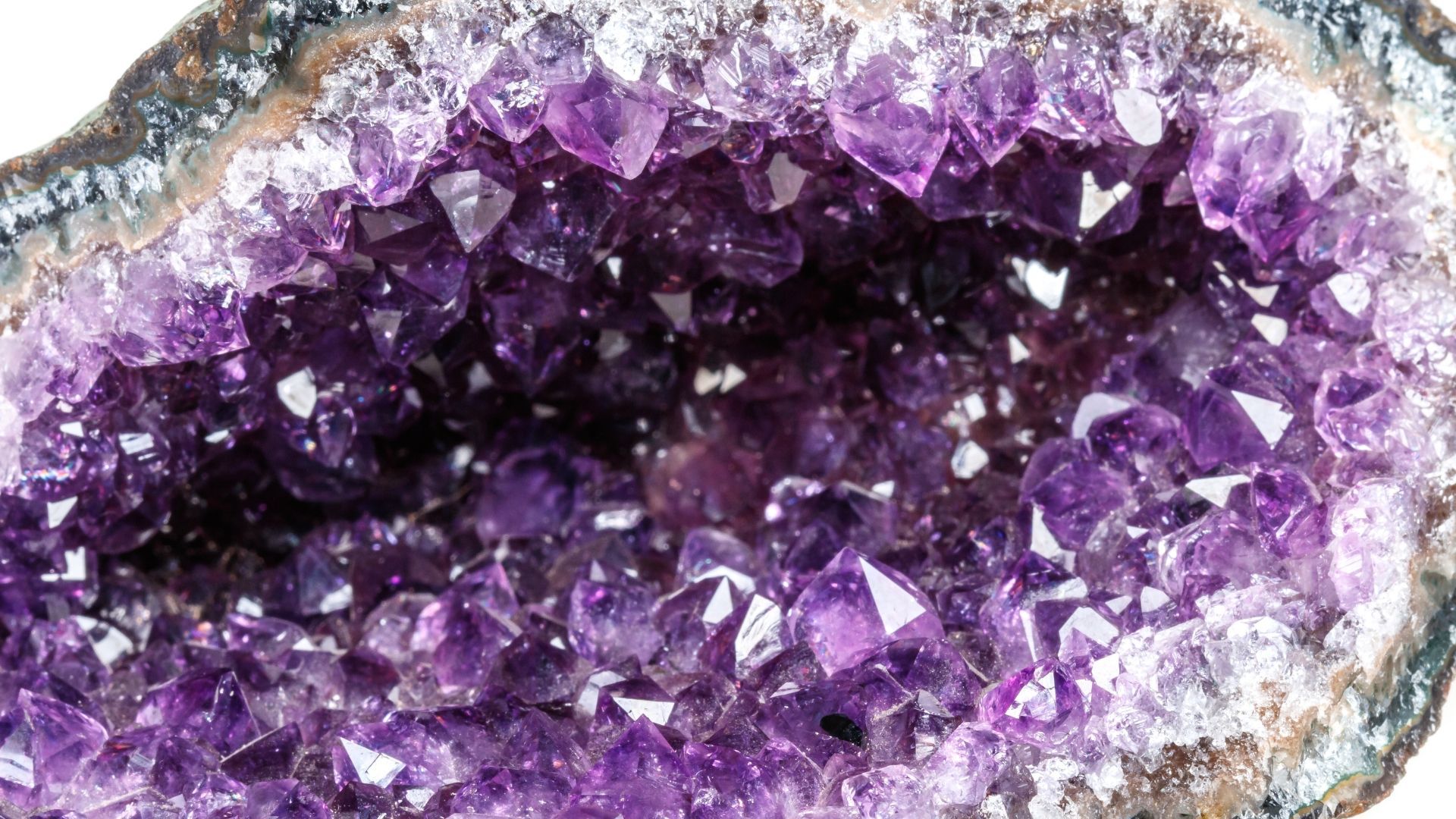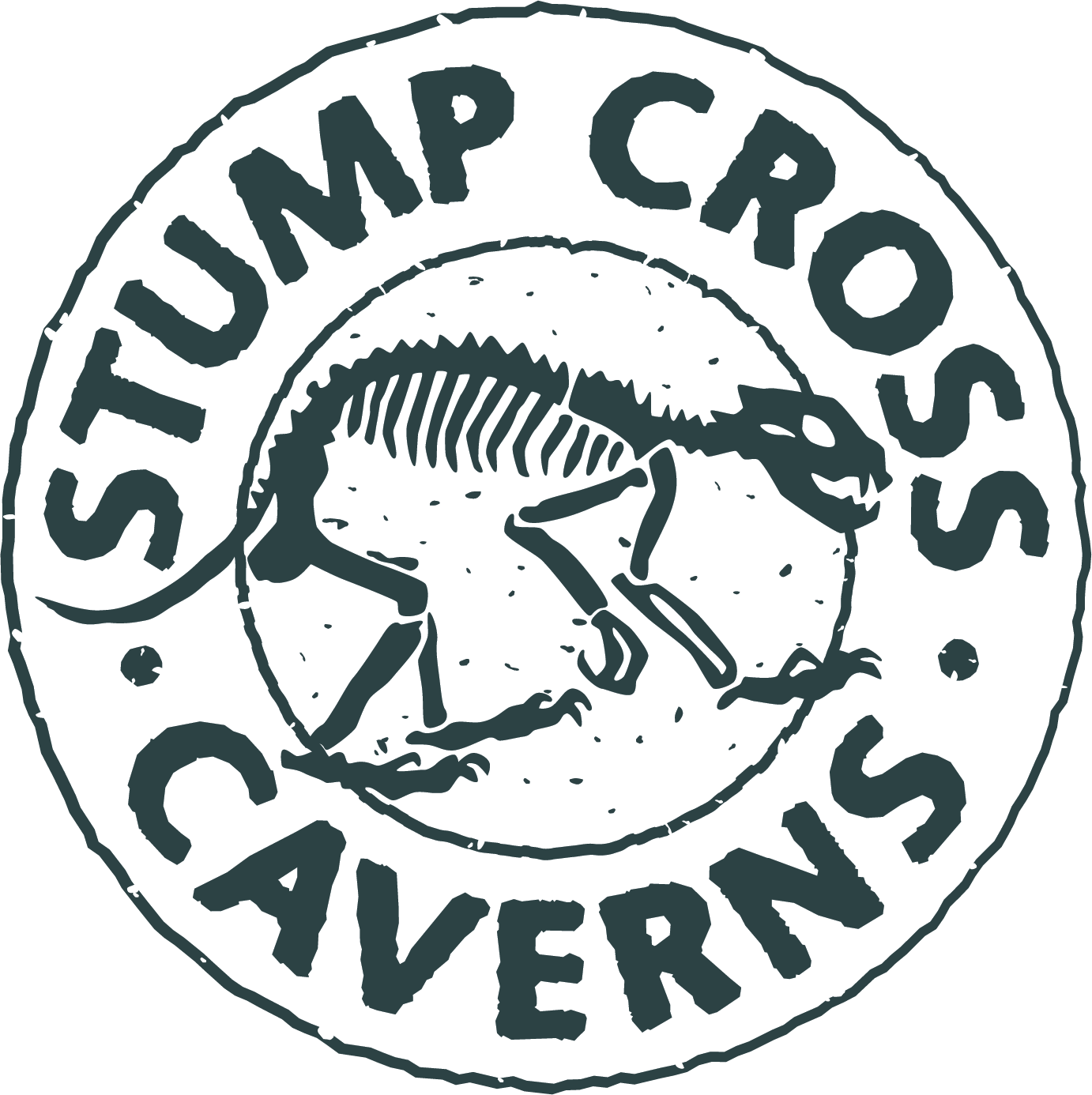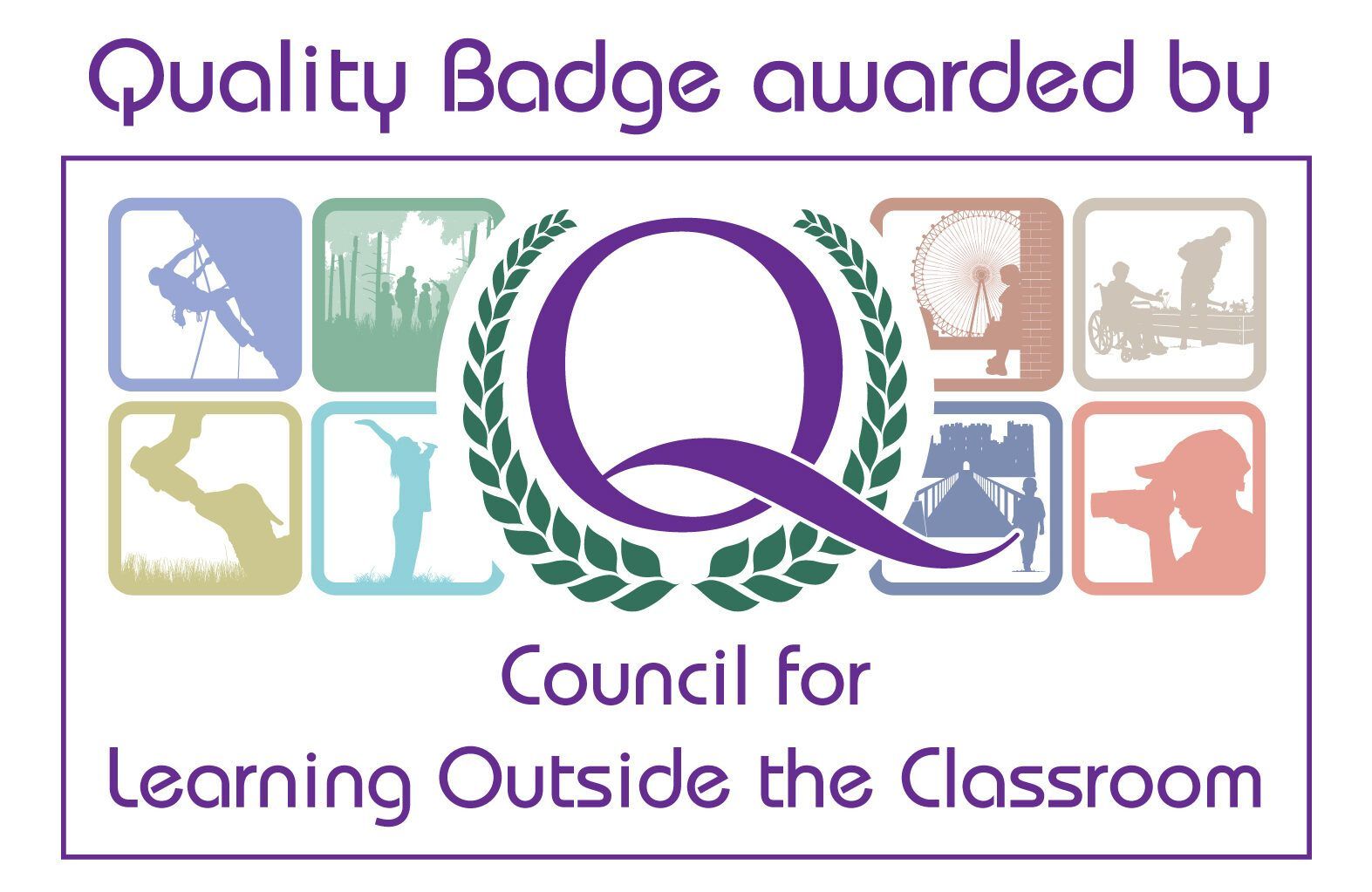Wondering if Stone Age people loved a natter like we do? Learn when language emerged in the Stone Age.
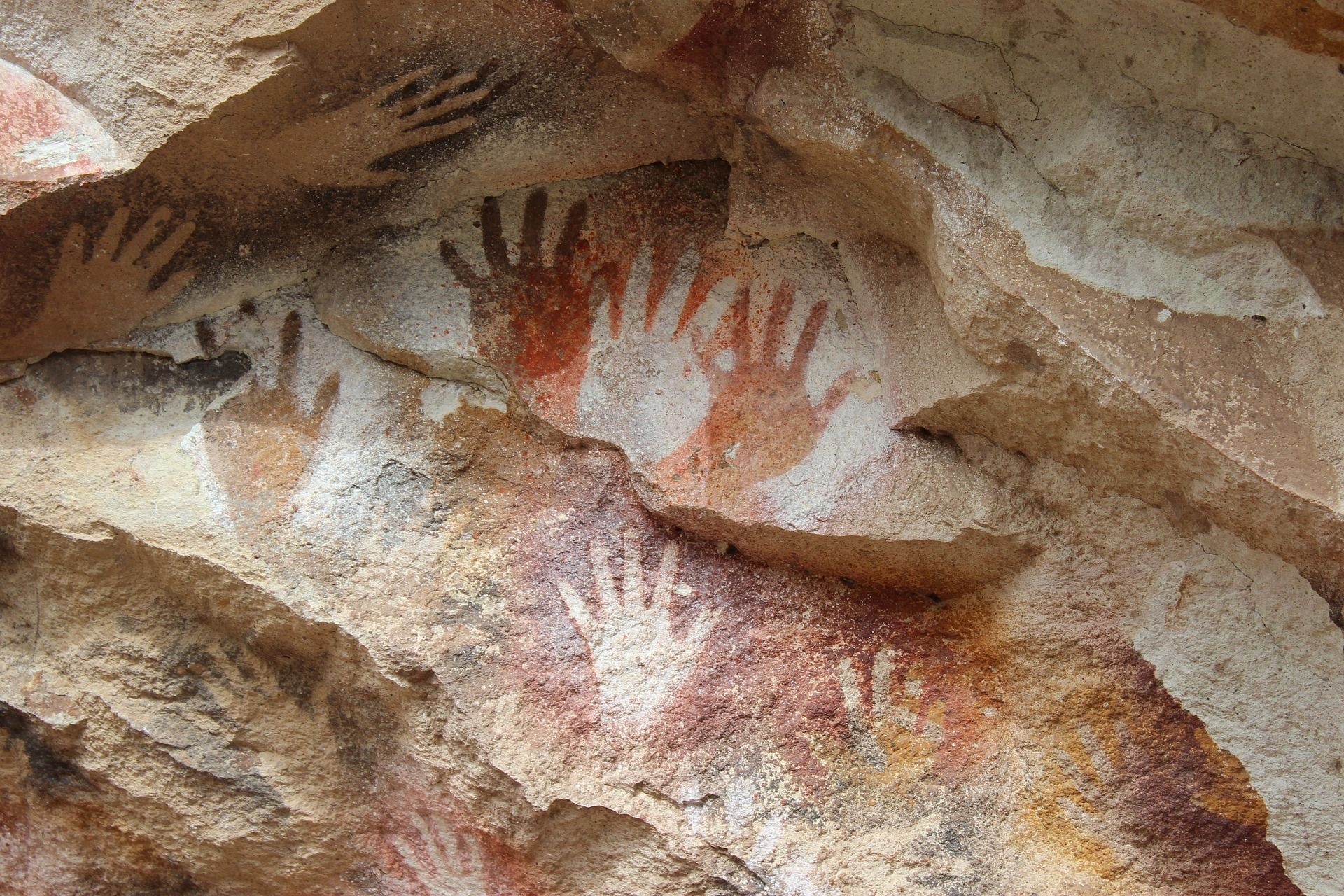
In the annals of human history and the evolution of our species, the development of language stands as one of humanity's most significant milestones.
But when did we start using it? Were Homo sapiens the first to utter words and sentences? Or did language develop sometime earlier in the Stone Age?
In this article, we look at when language was first used by our ancestors and what they used it for. But first, we'll set the scene by brushing up on the Stone Age and its simian inhabitants.
What is the Stone Age?
The Stone Age refers to a period that lasted around 3.4 million years and ended at some point between 4000 BC and 2000 BC when the Bronze Age started. This period makes up almost 99.3% of human history.
Why the name? Because around this time, our distant ancestors started to make tools out of stone.
At the beginning of the Stone Age, modern humans (Homo sapiens) didn't yet exist. However, our increasingly resourceful predecessors did. Let's check in with them.
When apes took a stand
In the early Stone Age (Lower Palaeolithic), several species of nomadic apes began to walk in a partially upright position, freeing up their hands to make and use tools.
Northwestern Kenya is home to the oldest stone tools ever discovered. These are around 3.3 million years old – but they weren't made by our direct ancestors in the Homo genus.
Homo habilis ("handy man") lived in Africa and were the first early humans to create stone tools around 2.6 million years ago. They would chip away at large pieces of stone to get smaller, sharper pieces. These helped them to cut, crush and pound their prey, which included deer, giant bison and woolly mammoths.
Many other early human species came after them. Most died out, while others evolved into the first modern humans.
Tool-making helped these advanced apes to consume more nutrients than ever before, which helped their brains to grow. And what do bigger brains mean? An increased capacity for communication, that's what.
It's thought that the earliest human species lacked the ability to talk but probably made sounds. That all changed when Neanderthals hit the scene – or, at least, that's what some scientists believe.
When did we develop language?
Although we can't know for sure, some evidence suggests that Neanderthals were the first to speak.
Neanderthals evolved some 400,000 years ago in a time known as the "Upper Palaeolithic". They shared the planet with at least two other human species: Denisovans and early Homo sapiens – our direct ancestors. All three species had much larger brains than the upright apes that came before them.
An international research team that analysed a Neanderthal's fossilised hyoid bone argued that this horseshoe-shaped structure in the neck suggests that Neanderthals could speak. The researchers came to this conclusion after using mechanical modelling and 3D X-ray imaging to discover how this bone worked.
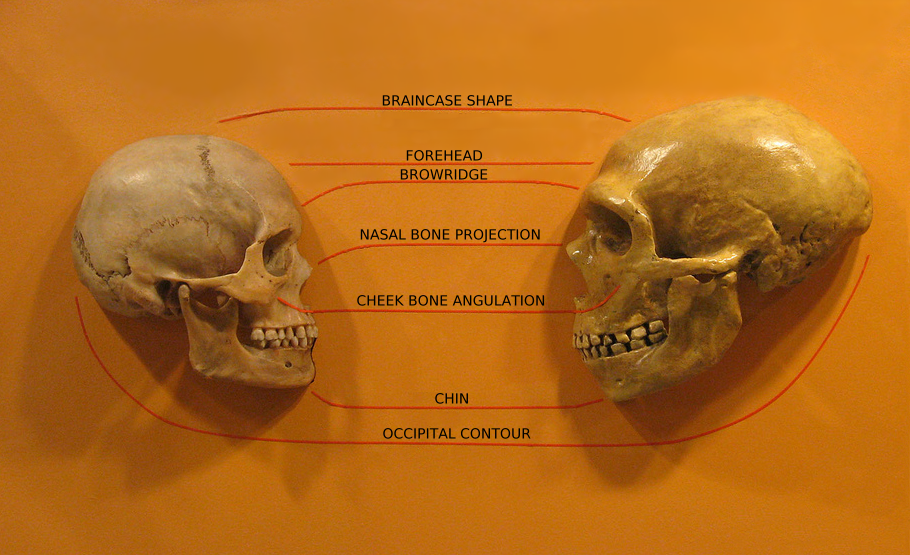
Why are the scientists so obsessed with this particular bone? Well, modern humans also possess this bone. And evidence points to the fact that Neanderthals used this bone in a very similar way to how we use it today: to talk.
The evidence keeps on coming…
Older hyoid bone fossils were found in Spain fairly recently. They're thought to be from one of the Neanderthal's relatives, Homo heidelbergensis.
The fossils are more than 500,000 years old. If Homo heidelbergensis really did have the ability to speak, spoken language may have emerged much earlier than anyone previously thought.
What did our ancestors have to say?
The first Homo sapiens lived in Africa and possessed the biggest brains of all human species.
Their name – or rather our name – means "wise humans". This is fitting as the early sapiens are said to have been just as smart as we are today. And just like us, they used language.
In fact, they were such effective communicators that they probably communicated themselves right to the top of the evolutionary league. Their increased linguistic ability is thought to have helped them develop quickly and become the dominant species.
Through language, they would have been able to teach other members of their tribes (and maybe even other tribes) how to use tools and other new technologies. By sharing their knowledge, they expanded their collective intelligence.
Clothed and sheltered, our direct ancestors also started to draw pictures on cave walls.
Homo sapiens: speaking their language
We don't know the names of their ancient tongues, but it's thought that the languages of early humans were very similar to the modern languages we use today. People spoke in full sentences and used verbs and nouns.
Different Homo sapiens tribes used different languages and would probably have struggled to communicate with one another. You know that feeling when you skip your Duolingo lessons before going on holiday abroad? It was a bit like that.
Early human vocabulary was likely very limited as their life was far simpler than ours today. They wouldn't need to say "Tax return" or "Can I order food for delivery please?" Words for things like mothers, fathers, brothers and sisters would be much more up their street. They likely had names for each other and manners enough to say please and thank you, too.
What did they have to say?
Again, it's impossible to say for sure what early humans used language for. However, we can say that language played a similar role in their society as it does in ours. It helped them bond and form strong family and community relationships.
Stone Age parents would likely moan about their children, gossip about other members of the tribe and discuss what's for dinner. Kids would probably have chatted as they played and sang songs to one another like they do today.
Do you find human history and evolution fascinating? Or perhaps you have a little one who is caveman-wild? Be sure to try our online Stone Age activities – they're fun, educational and full of interesting facts.

